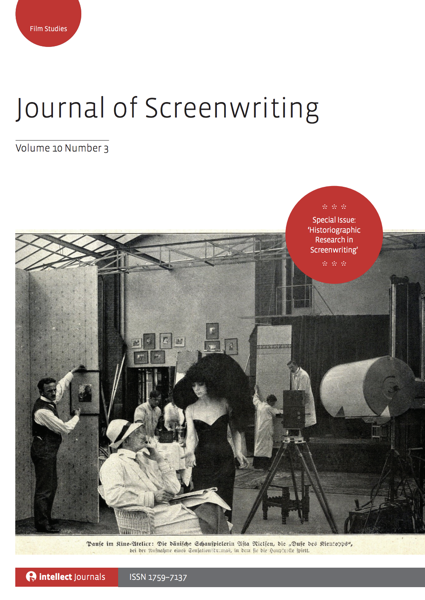Thanks to the gracious invitation from my Screenwriting Research Network colleague Paolo Russo – and a grant he was able to procure (and in the before-Covid time) I was able to spend a week at Oxford Brookes University working with the screenwriting masters students in Paolo’s course. At the culmination of the week, I gave this lecture on how writers rooms worked in the States.
Transcript:
As Paolo said — so I won’t spend a lot of time on it — these are the shows –these are the books I’ve done. Sorry. Largely a big Doctor Who fan. Any Doctor Who fans in the house. Really we’ll talk a little bit about the writing of that. It’s quite a brilliant show, I think. These are most of the things I’ve done. Also, love Torchwood has also been quite well done. I am the book review editor, so if you’re Masters students — when you graduate — you can email me, and if there’s a book you’d like to have for free — because they don’t pay you to write in journals — you can review the book and I’ll have it sent to you so you can do that and it’s a credit for you so it’s a lovely thing and Written By Magazine is the magazine of the Writers Guild. You can read this online for free if you go to writtenby.com. You go to WGA, which is our website for the Writer’s Guild, and every two months or so it comes out. Always interviews with writers and showrunners, movie film writers, people like that, so it’s really I think an excellent thing it’s like having a guest speaker come to you and very in-depth interviews, right? We’ll talk about some of them that I’ve done over time.
Watch this entire presentation
Subscribe to Rosanne’s Channel and receive notice of each new video!
* A portion of each sale from Amazon.com directly supports our blogs
** Many of these books may be available from your local library. Check it out!
† Available from the LA Public Library
Podcast: Play in new window | Download
Subscribe: RSS
![01 Introduction from There And Back Again: Writing and Developing for American Television]: from Freelancing to Writers Rooms [Video] (1 minute)](https://rosannewelch.com/wp-content/uploads/2020/12/rmw-oxford-brookes-01.png)


![There And Back Again: Writing and Developing for American Television]: from Freelancing to Writers Rooms [Video] (52 minutes)](https://rosannewelch.com/wp-content/uploads/2020/12/oxford-brookes.png)


![35 Women and Horror from When Women Write Horror with Dr. Rosanne Welch [Video] (44 seconds)](https://rosannewelch.com/wp-content/uploads/2020/11/rmw-cpp-horror-35.png)